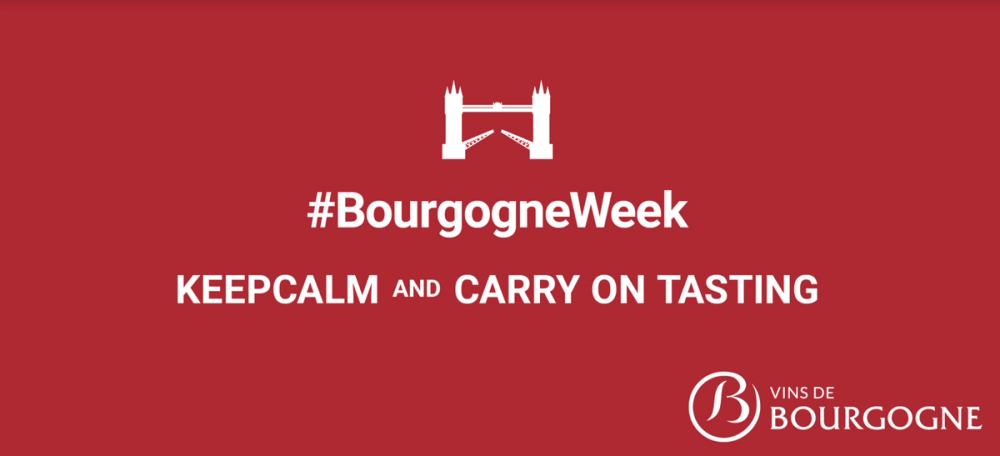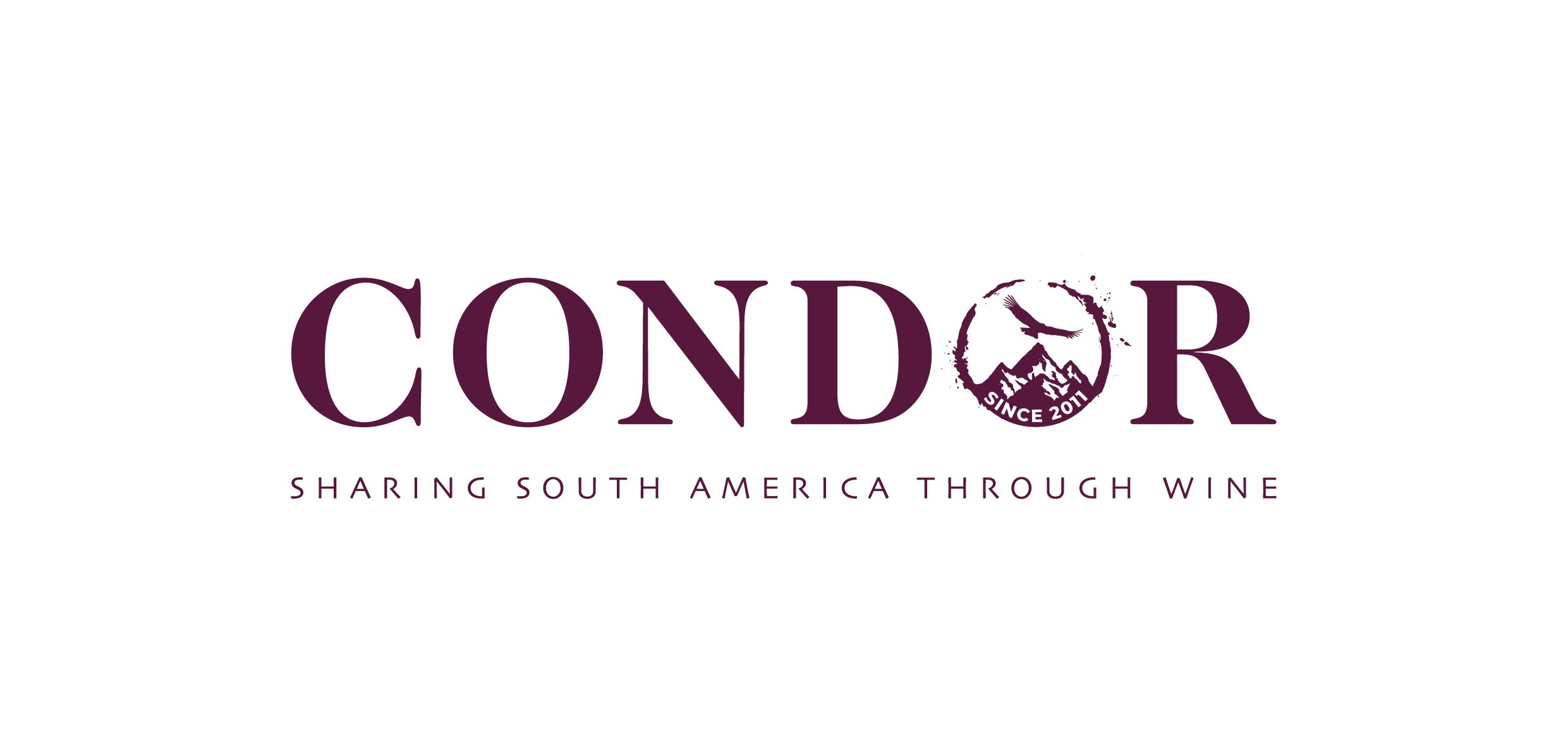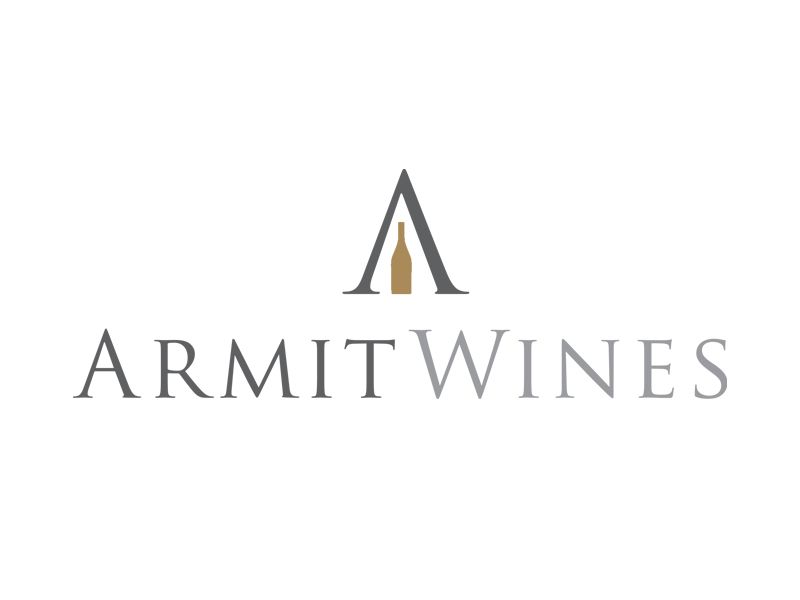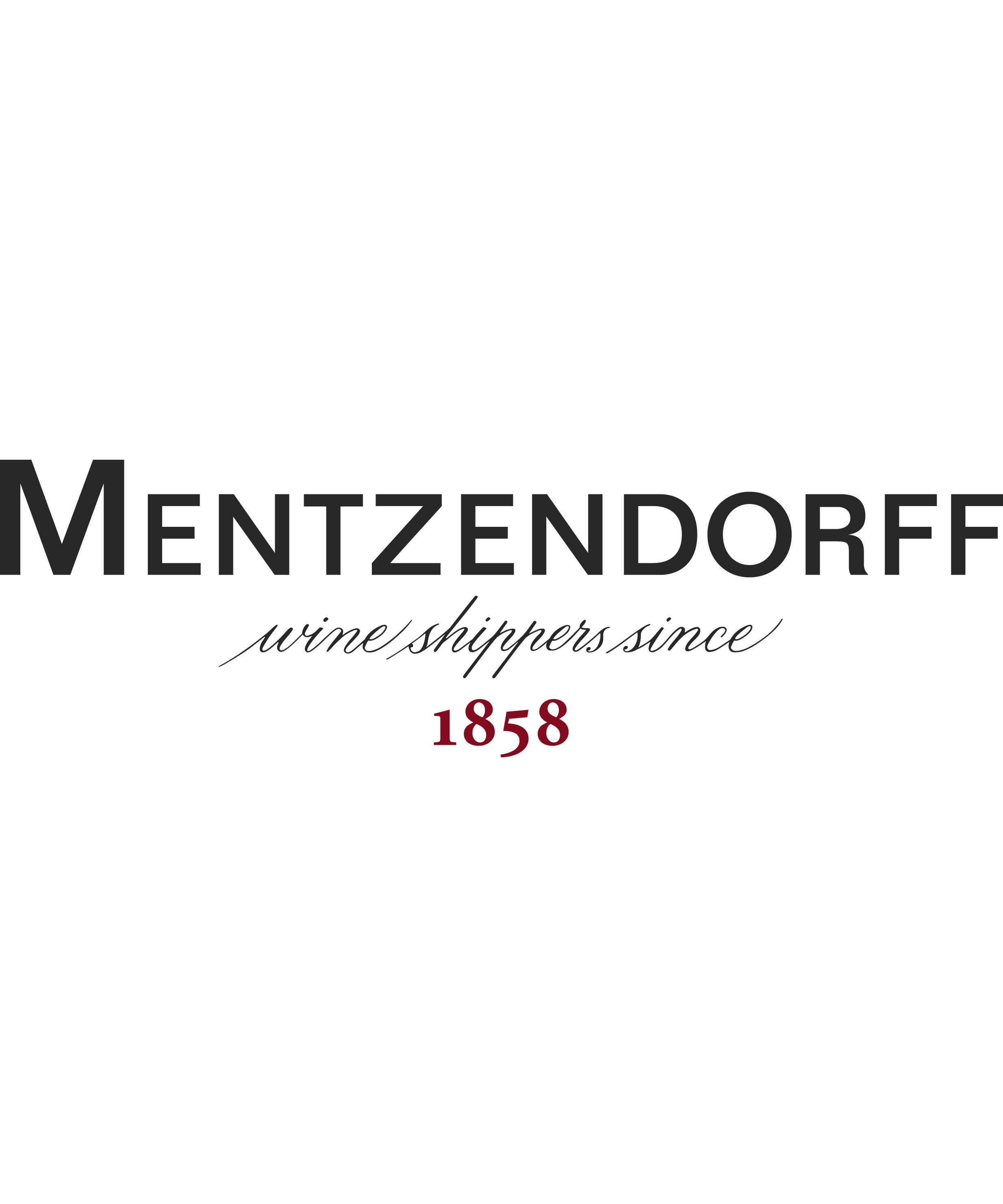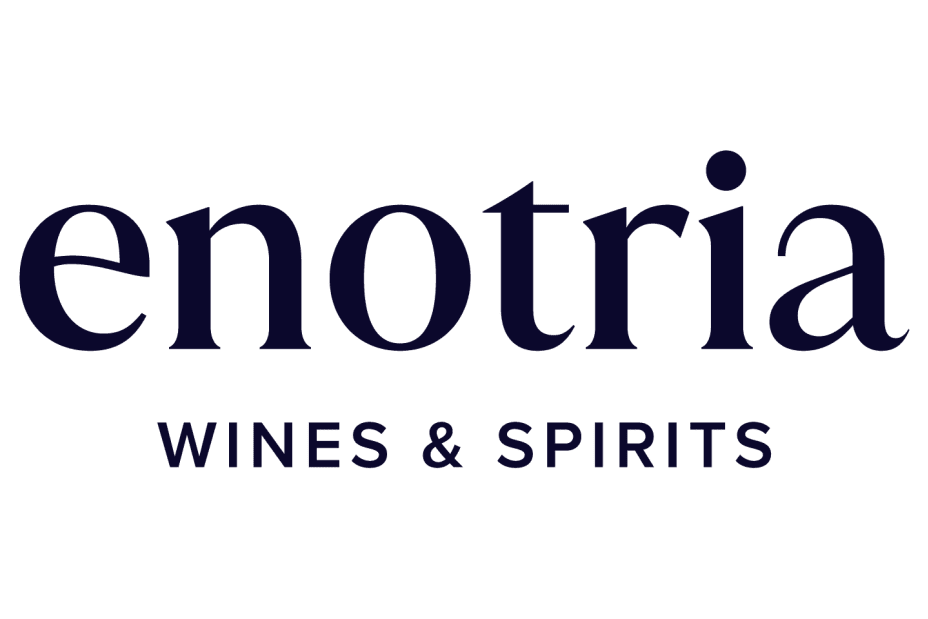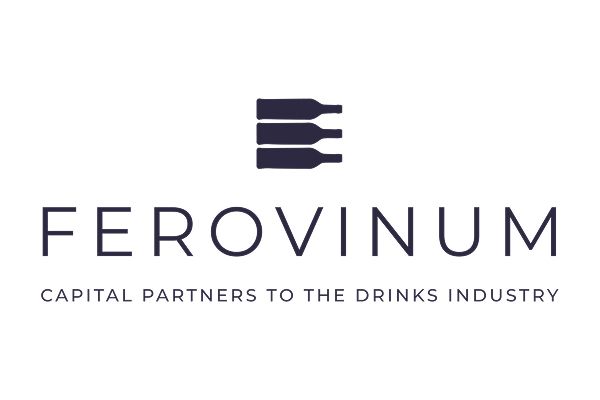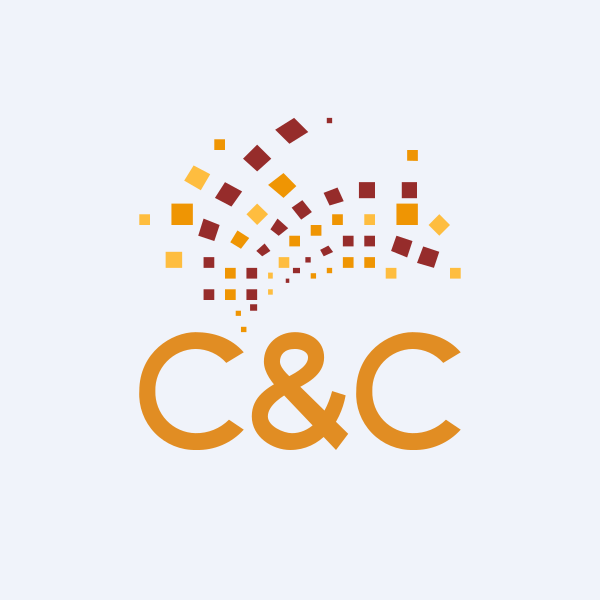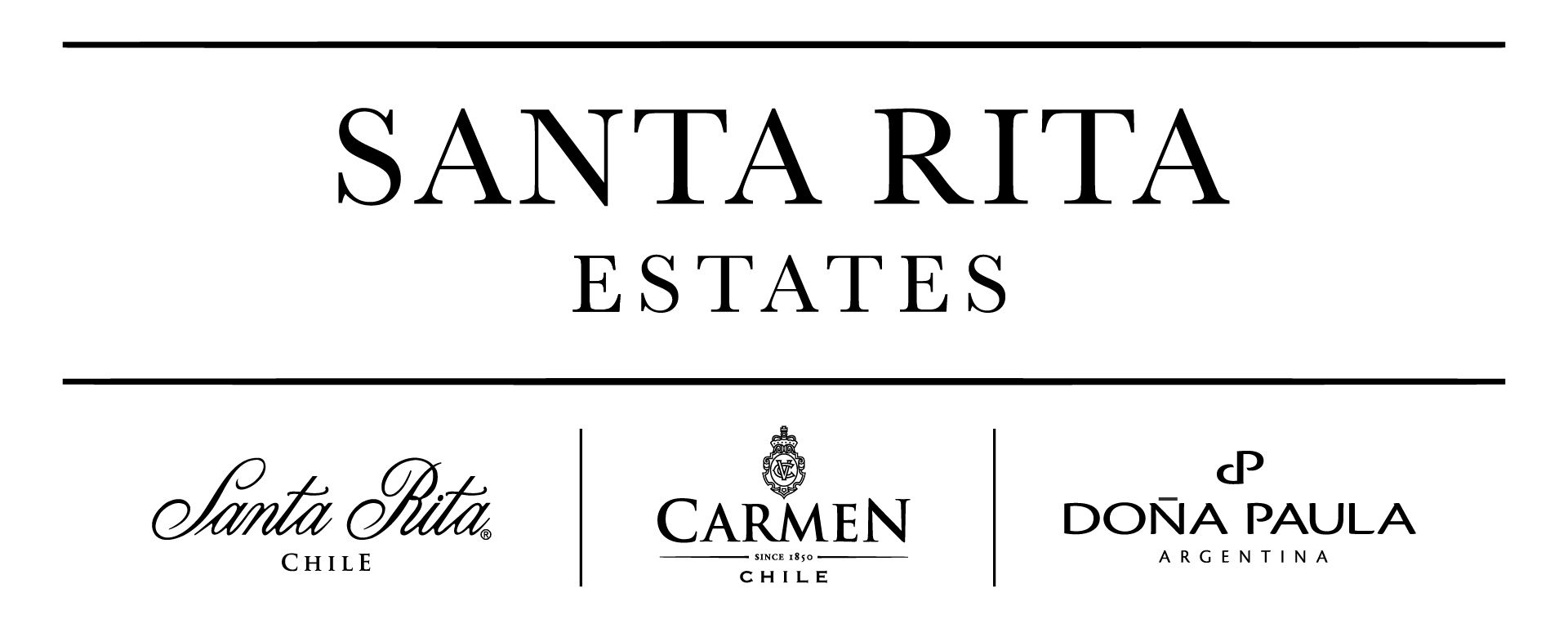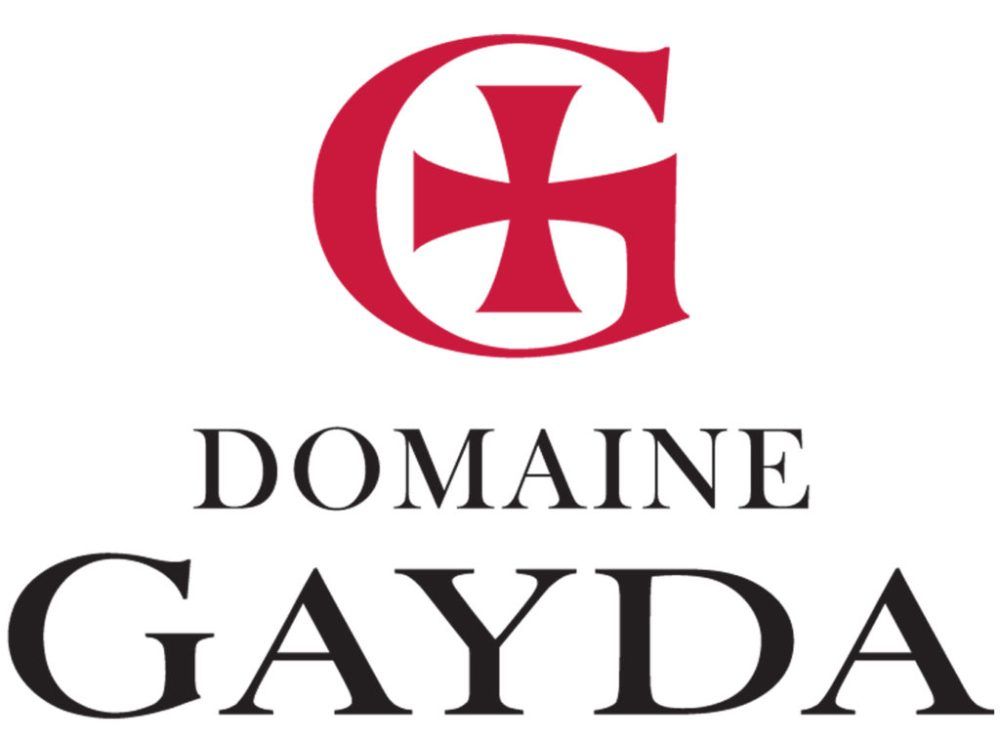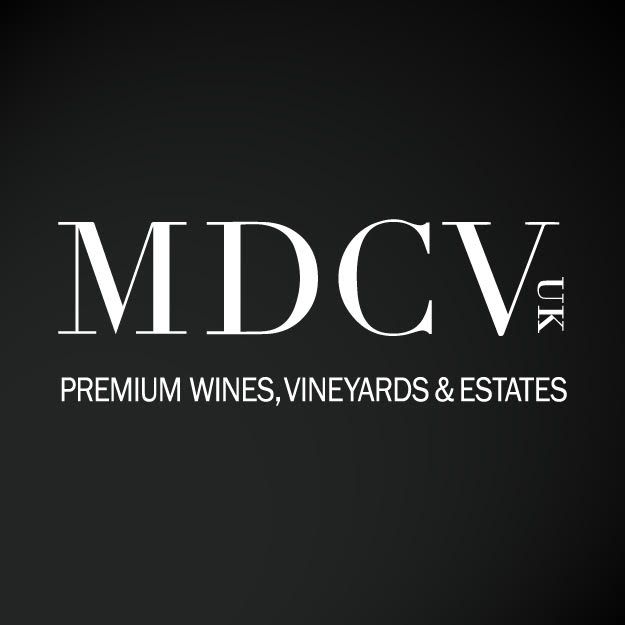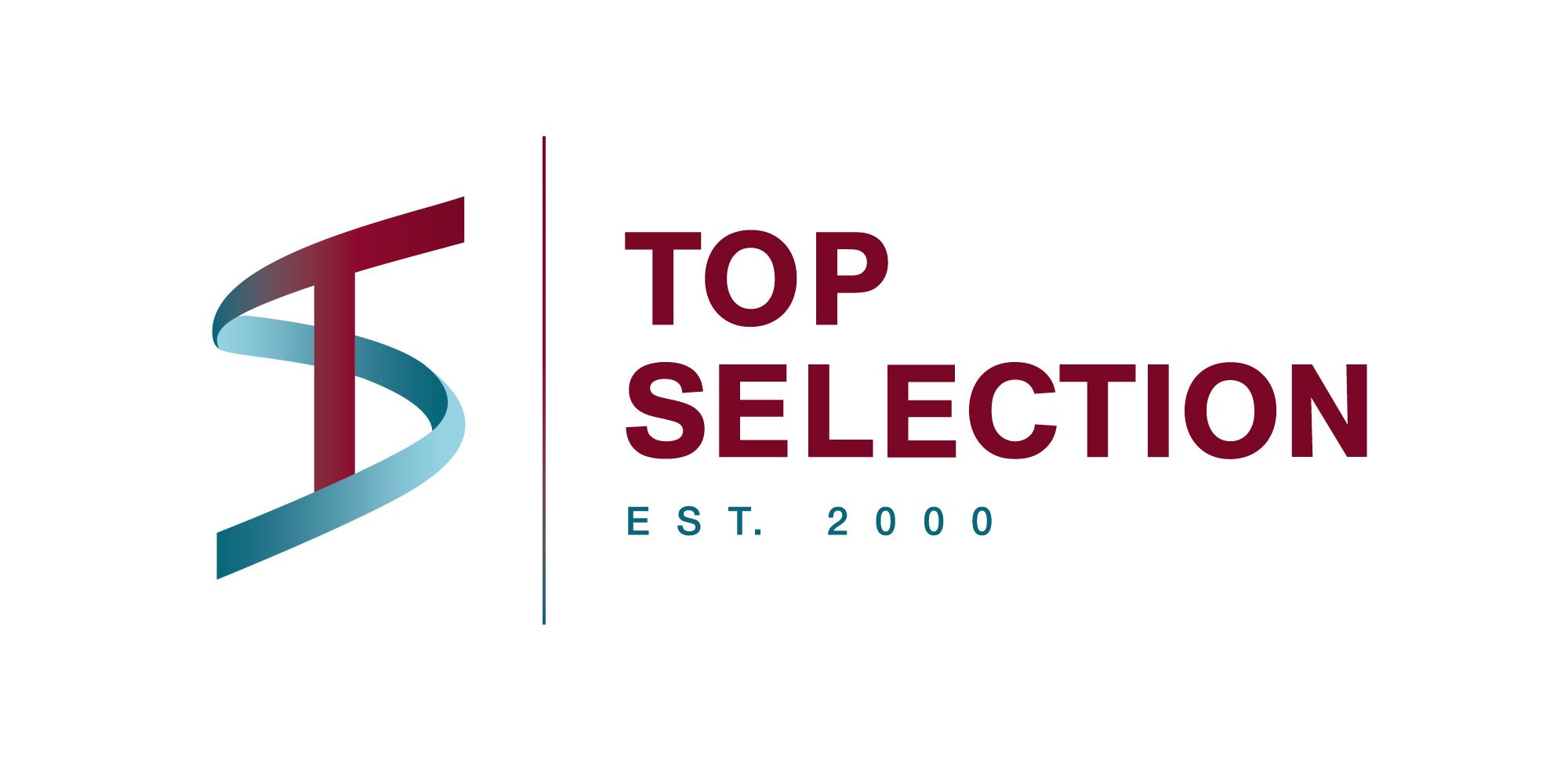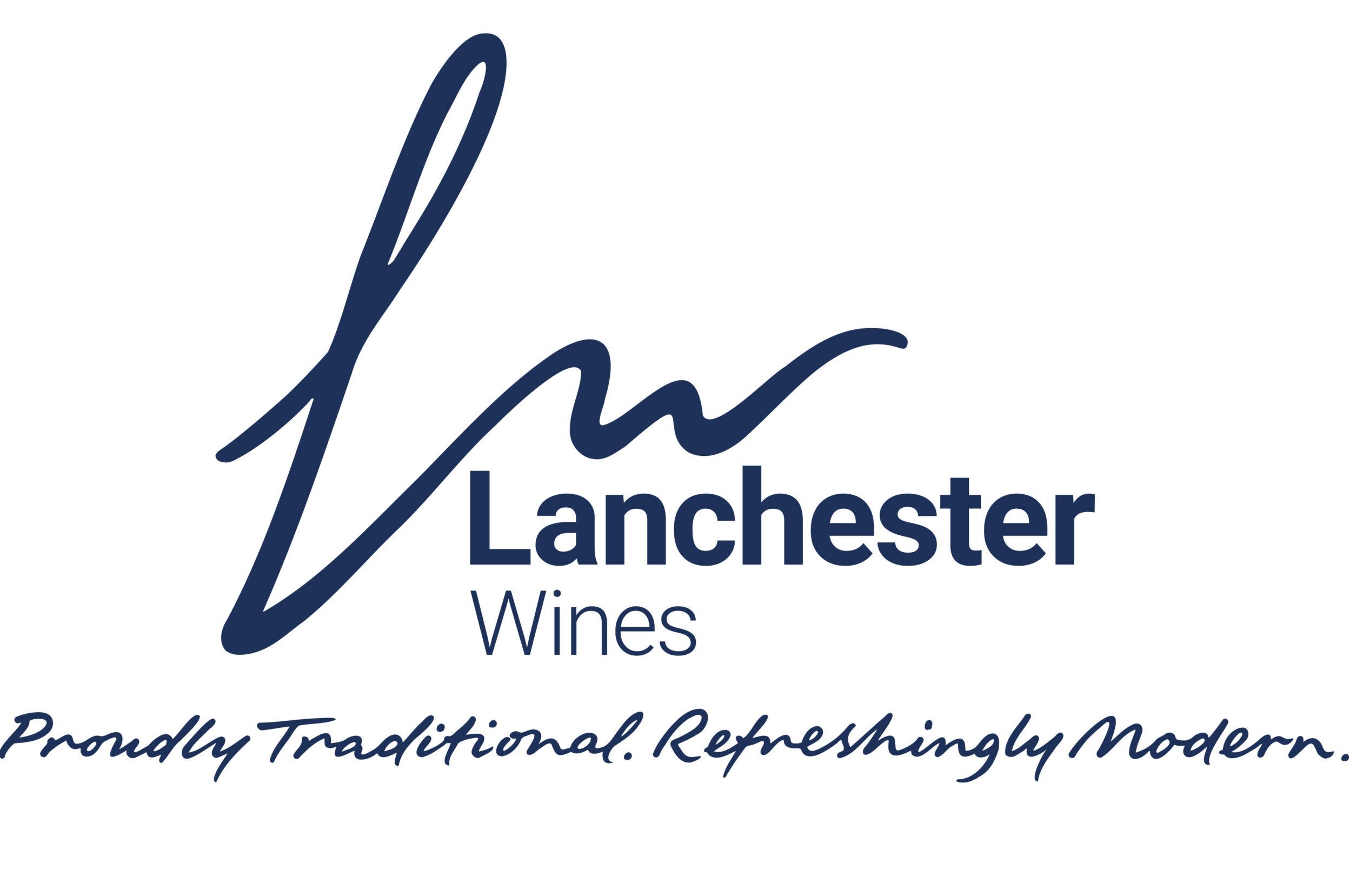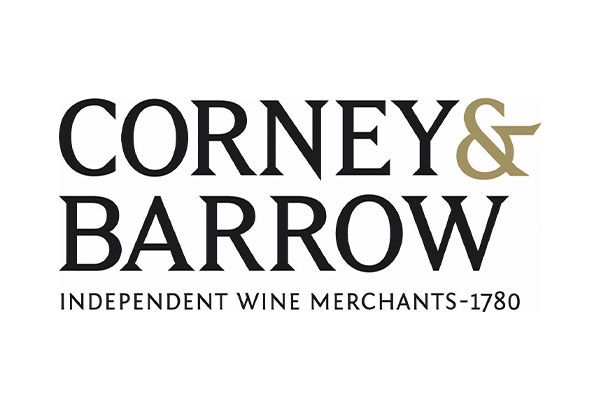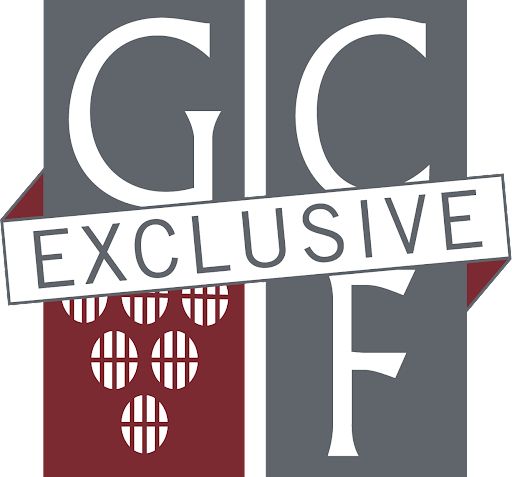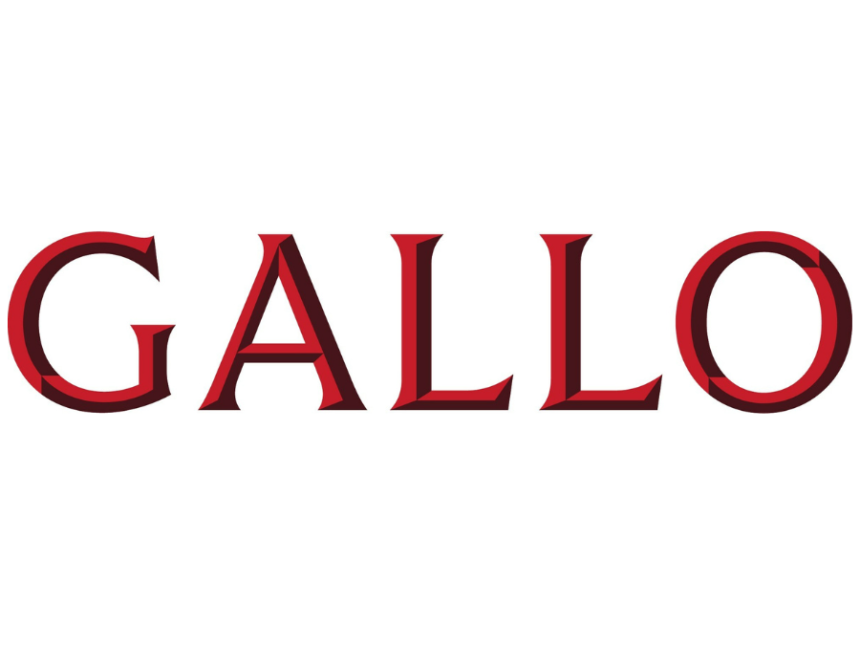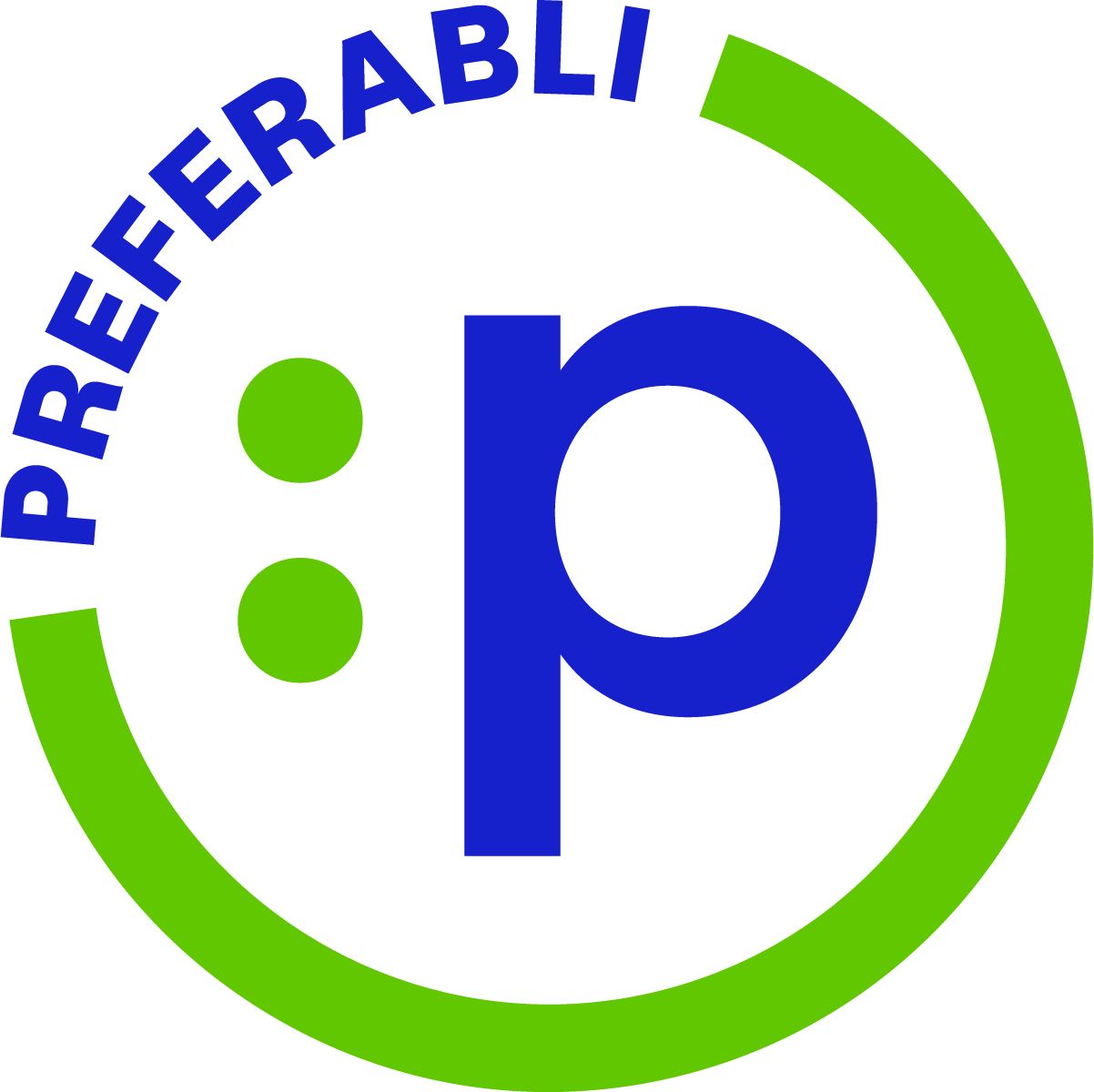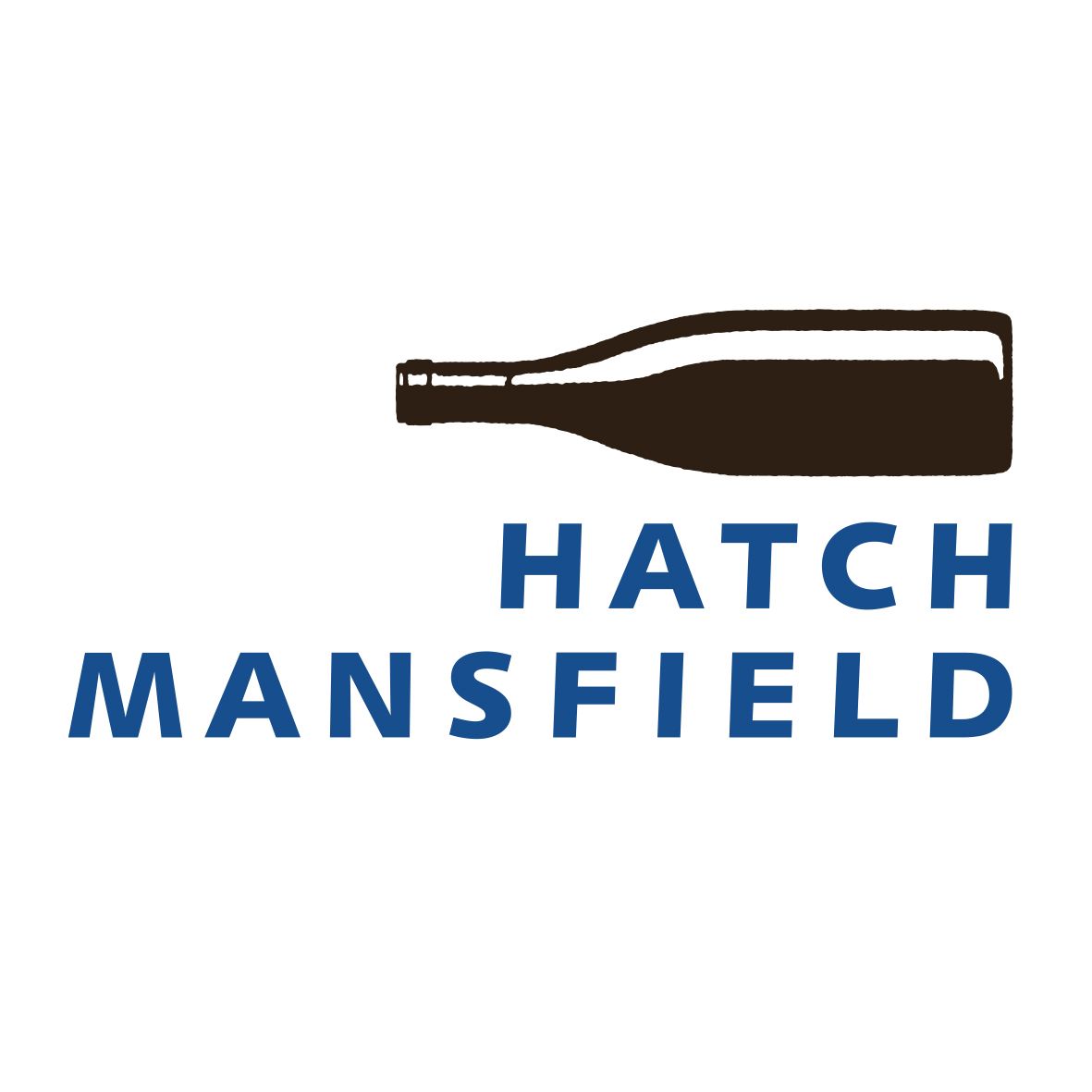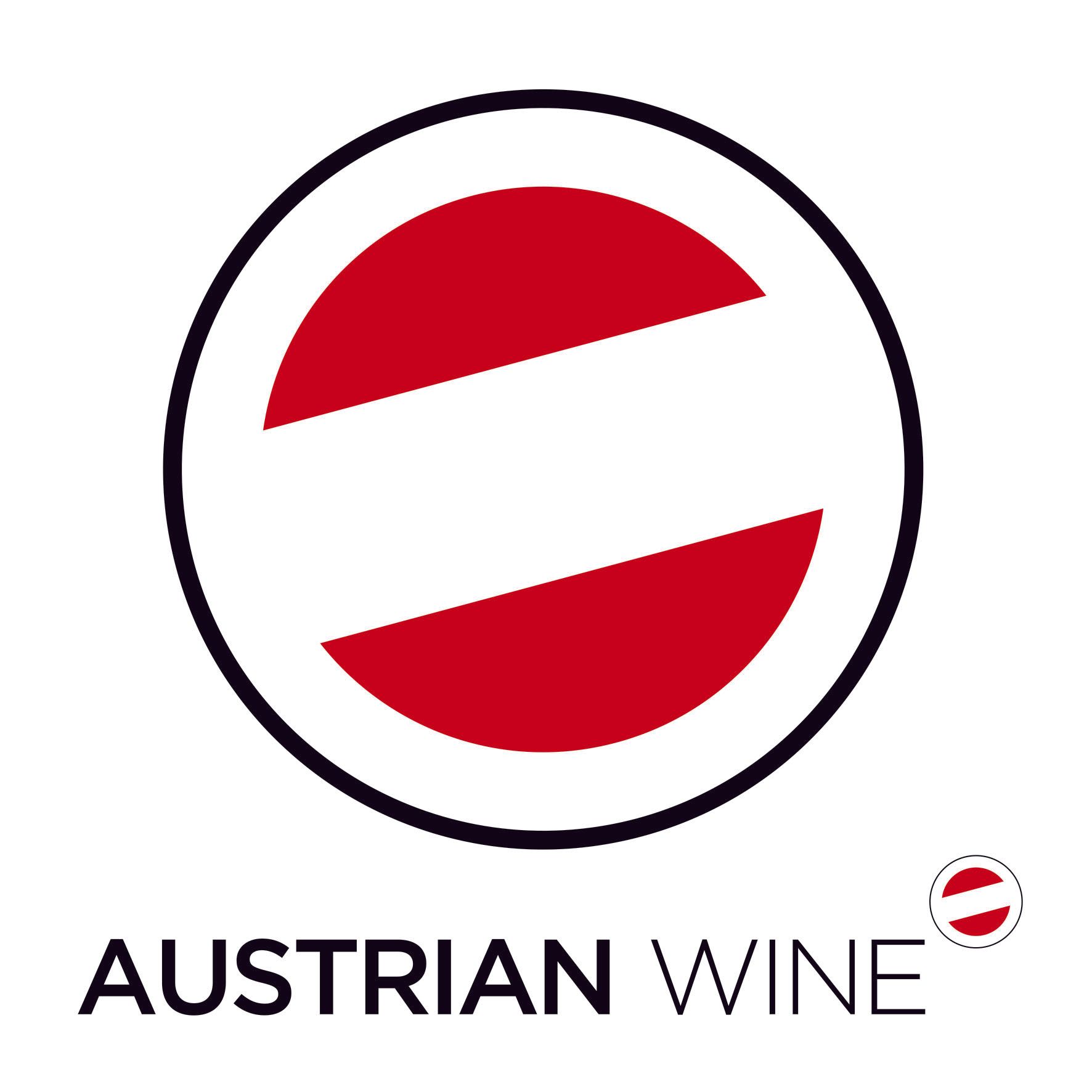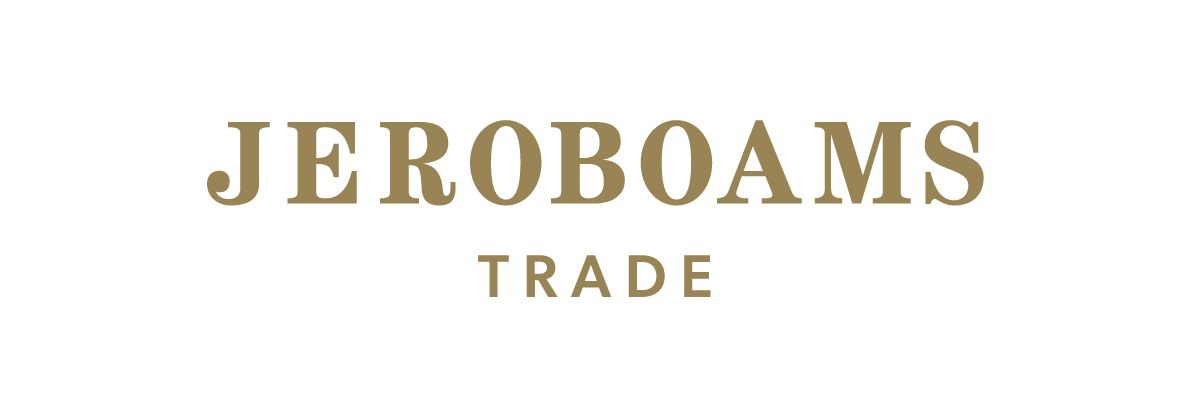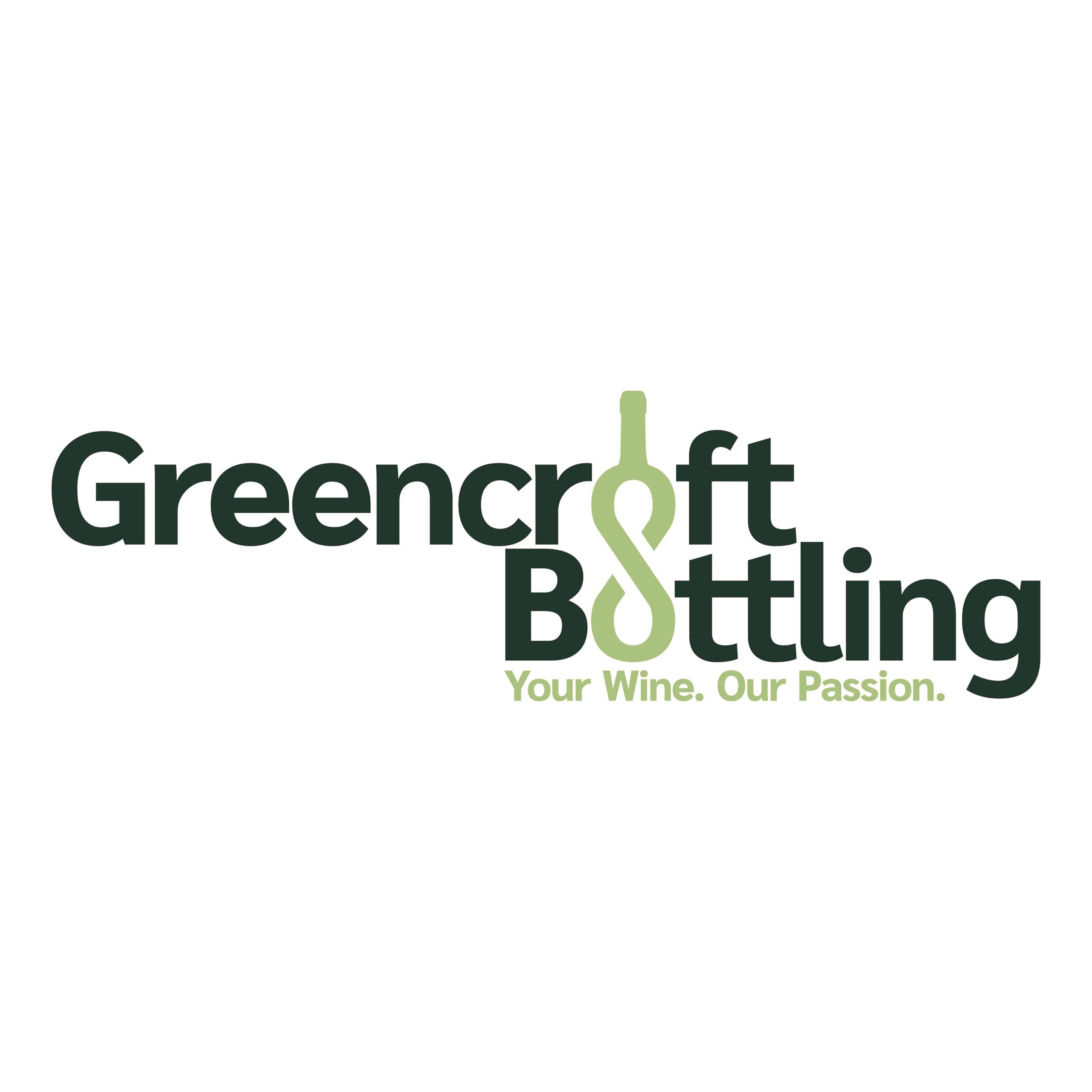You can keep up to date with all that is happening as part of the #BourgogneWeek 2022 on social media at @BourgogneWines on Twitter and @vinsdebourgogne on Instagram and all the events and tasting place on its official Bourgogne Wines website here.
Every year the influence and importance that Flint Wines has on the Bourgogne category in the UK grows and grows thanks to both the expertise and experience within the Flint Wines team and the sheer breadth and diversity of the winemaking talent amongst its Bourgogne portfolio.
It has, perhaps more than any other importer, helped turn the dial on the number of producers it has from what might still be referred to as up and coming or at least lesser-known appellations.
Flint Wines
Jason Haynes, director and Bourgogne wine buyer
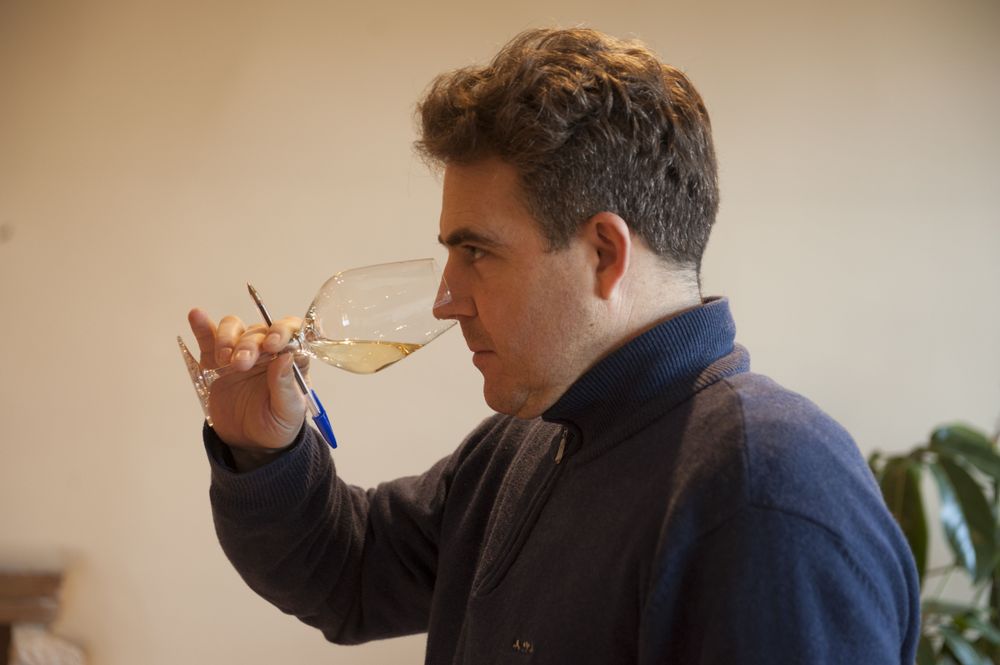
Flint Wines’ Jason Haynes is one of the UK’s most respected critics and commentators on the Bourgogne wine region
How important is Bourgogne to your overall business?
As a Bourgogne specialist importer in the UK market, Bourgogne is an integral part of our overall business, accounting for over 65% of our portfolio.
Has that significance grown in recent years and if so how and why?
The significance of Bourgogne within our portfolio has always been there, it was the focus when we started in 2006. However, with the rise of Bourgogne as one of the most respected and refined wine regions in the world, it has allowed us to incorporate more producers from more appellations to widen our range.
Why do you think Bourgogne still offers such a draw to UK buyers and consumers?
Unlike other fine wines on the market, the Grand Crus of Bourgogne usually only offer a barrel or two of wine that is produced, and now with climate change, these offers are becoming smaller – the supply and demand will never be matched. The knowledge of the consumer has also risen and attributes to more understanding of the wine regions on offer.
What do you think of the 2020 vintage regarding quality, style and selling to the trade?
The 2020 vintage was some of the best from all of the Bourgogne region, but particularly the Côte de Beaune and the Côte de Nuits – there was a hot summer that brought drought and stress to the vines, followed by a mild and wet winter which proved vital for the wines before harvest. The whites were relatively homogeneous across the board, and for the Reds, you had to be a little more careful with your picking dates. However, there is an incredible freshness and vibrancy within the vintage with great approachability in young wines.
What do you think your restaurant and merchant customers most want from Bourgogne – has that changed in recent years?
I think that restaurants and merchants differ slightly because restaurants typically look for something approachable now, with price being a decisive factor. In comparison, merchants can sell to customers that can sit on the bottle longer. The increasing price of Bourgogne vintage after vintage is also a contributing factor to restaurants and Merchants and how they can still incorporate it onto their lists and shelves.
You are working with Domaine Lorenzon,a producer from Montagny Premier Cru appellation. Why did you want to work with them and have wines from that particular appellation?
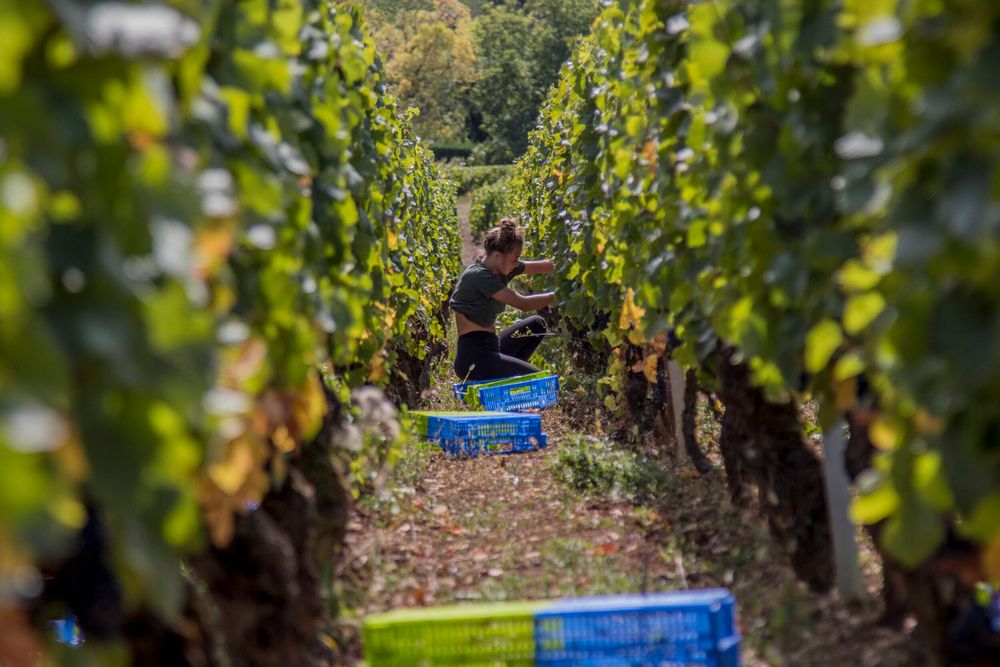
Domaine Lorenzon is one of the leading producers from the Montagny Premier Cru appellation
Bruno Lorenzon is an outstanding producer within the appellation, and you can see clearly that when the wines are in the right hands, the appellation can excel. We were excited by the wines at Lorenzon before we started working with Bruno. He is a true leader within the appellation, showing us that the quality and definition of great wine is there. To be able to work with his wines on the UK market is such a pleasure.
What do you see as the key characteristics of that appellation?
Freshness, purity, precision. These are all characteristics in the making of a great Bourgogne.
What opportunities do you see for Bourgogne’s lesser-known appellations?
We are constantly being shown that great things can be made within the lesser-known appellations. The quality is there, the precision, and talent are consistent, and they have been for a few vintages now. As the more ‘noble’ Village appellations and the price points become slightly more out of reach, it makes the availability of these appellations more relevant within the market.
Any particular hidden gems you think we should be aware of and why?
Domaine Charton (Mercurey), Domaine Jean-Baptiste Ponsot (Rully), Domaine Jaeger-Defaix(Rully) and Domaine du Clos Salomon (Givry et Montagny) are all fantastic Domaines within the Côte Chalonnaise that are producing wines with exceptional finesse and elegance, both approachable now and age-worthy to keep an eye on as up-and-coming.
Domaine Lorezon
Bruno Lorenzon, owner and winemaker
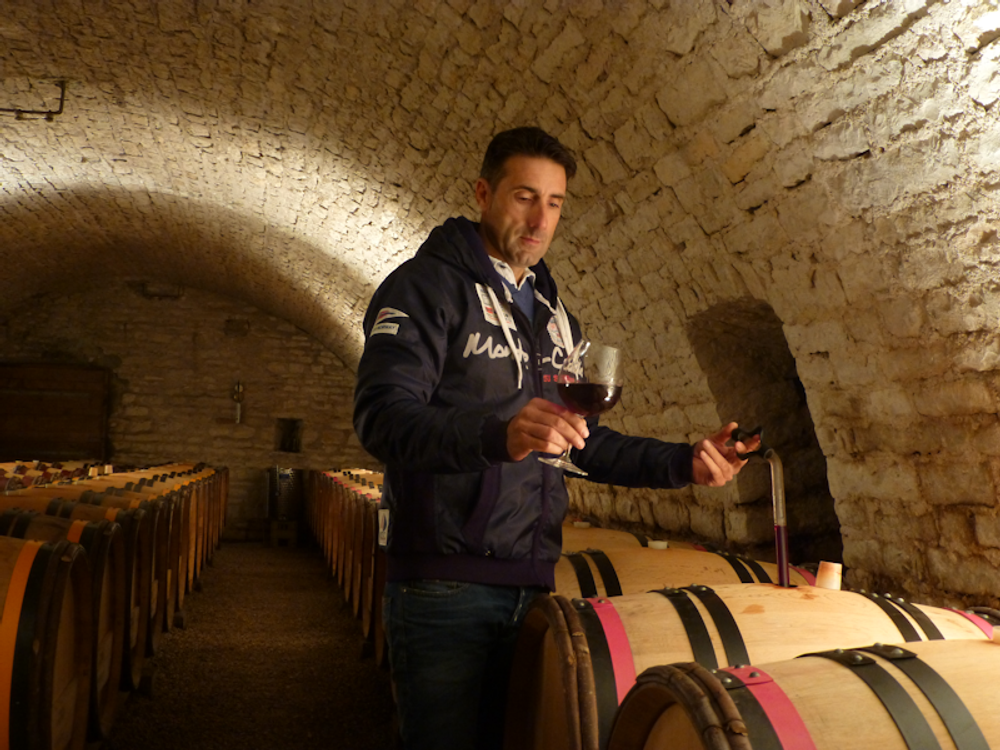
Bruno Lorenzon has followed his father’s objective to make wines free of pesticides
Can you tell us some history and key points about your winery?
Ours is a family-run estate, and I represent the fourth generation. My father introduced a number of major initiatives at the domaine, like no longer using pesticides. When I took over, I opted for high-density planting in the vineyard. In the winery, two major authorised inputs – sugar and tartric acid – were banned from use.
What are the main styles of wine you produce?
We produce wines from two appellations, 60% Mercurey and 40% Montagny. Seventy per cent of the wine produced in both appellations is Village Premier Cru level.
You produce Montagny Premier Cru. What do you think makes this appellation so different and unique?
This is the most sourtherly of the Côte Chalonnaise appellations, and therefore the last of the ‘grand Bourgogne’ appellations before Macônnais. A geological fault divides Côte Chalonnaise into two, with Montagny on one side, consisting of soils from the Triassic period, and on the other, Givry, Mercurey and Rully, with very different soils. Montagny is therefore quite unique in character, consisting of an essentially east-facing slope, with some slopes facing south/south-east and north/north-east, and plots located at various altitudes.
As for our domaine, our ‘Truffieres’ plots in the AOC Montagny Premier Cru face south/south-east, and are located towards the base of the slope, while the plots within our Mont Laurent monopoly, including those for Choix du Roi, face directly east and are higher up the slope.
Has the way you make your wine changed in the last 10-15 years, and if so, how?
Not really. We have stuck to our core principles of pressing the grapes whole to focus on the aromas and finesse of the wines rather than structure on the palate. The wines are aged for 20 months, of which 13 in oak barrels, and the rest in tank.
How do you see the 2020 vintage in terms of quality and style?
It is definitely the vintage with the greatest potential I have ever vinified for two key reasons: for the immaculate health of the vines, and for the quality of the grapes, from an analytic and tasting perspective.
How was the 2021 vintage for you in terms of volume – were you impacted by the early April frost, and will you have enough supply for your export customers?
This vintage was more capricious, and it was clearly affected by the frost like the rest of Bourgogne, which has had a huge impact on volumes. We do, though, have some reserve wines, so we expect to be able to satisfy all our clients. But it will be tight.
What steps are you taking to be more sustainable and tackle climate change?
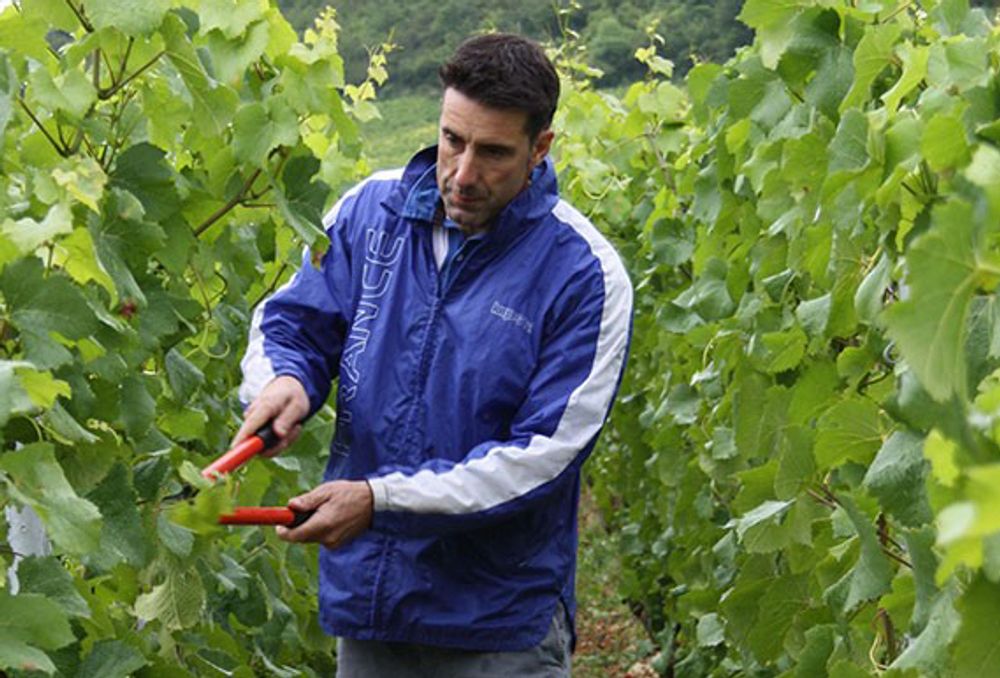
Pruning and canopy management are a key part of Bruno Lorenzon’s approach to winemaking
We have always followed a sustainable regime here at the domaine, starting with a different approach to pruning in order to invigorate the vineyard and be able to pass it on to the next generation.
My experience working in the New World was a great opportunity to improve my expertise even further and to be able to fine tune a number of agricultural techniques, particularly around managing the vines and the soils and adapting to the changing climate.
For the past 40 years we’ve banned of all weed killers on the soils, including introducing ploughing in a more considered way, as well as natural planting between vine rows. For the past 20 years, we’ve banned all systemic molecules and changed our approach to canopy management by reducing the number of branches per vine and increasing the height of the vegetation very slightly. This approach includes totally overhauling trellising at the domaine.
- You can find our more about Domaine Lorenzon here.
- You can find our more about Flint Wines and its impressive range of Bourgogne producers here.
- You can follow Bourgogne Week on social media at @BourgogneWines on Twitter and @vinsdebourgogne on Instagram. You can find out more about the Bourgogne Week and what tastings and events are taking place at Bourgogne Wines website here.
